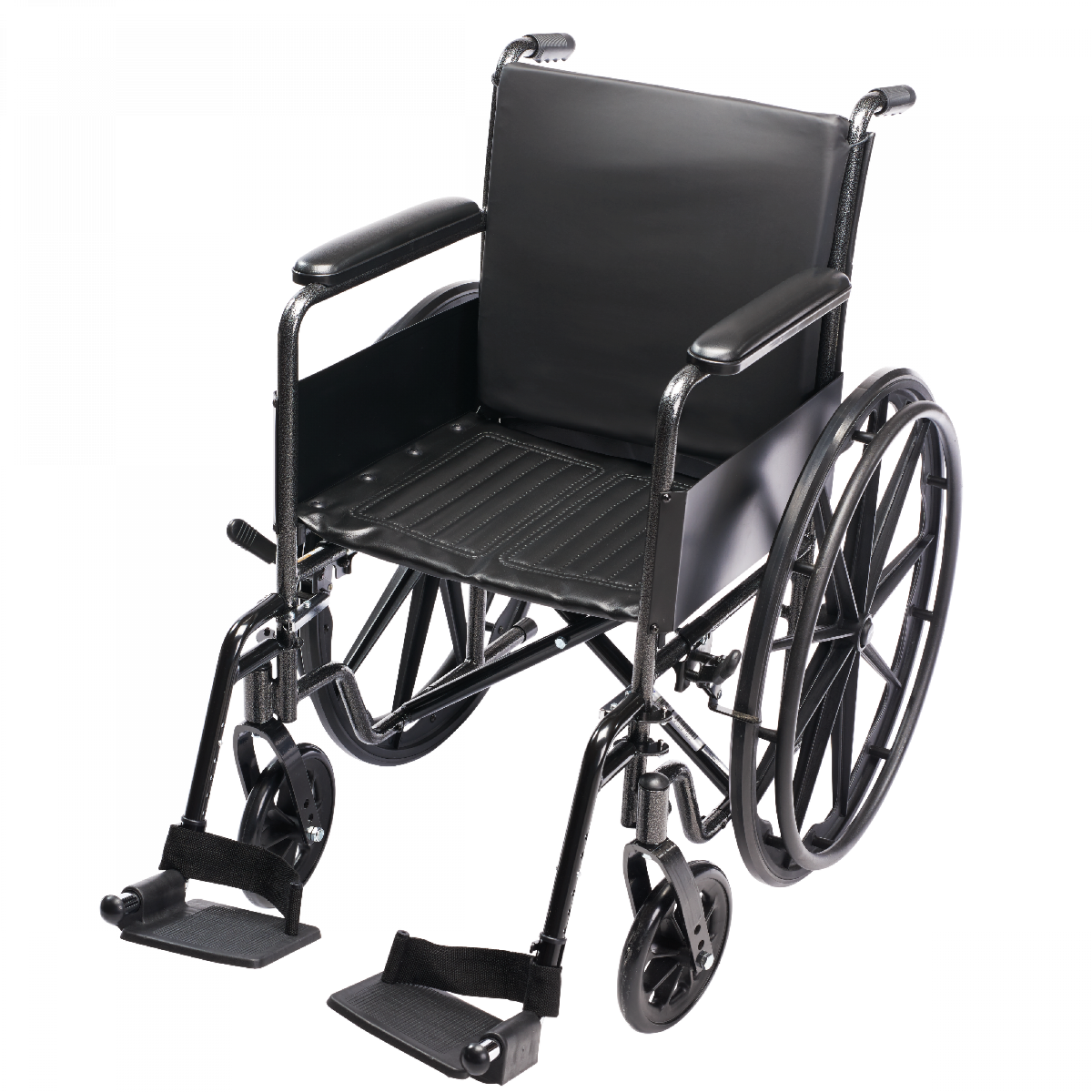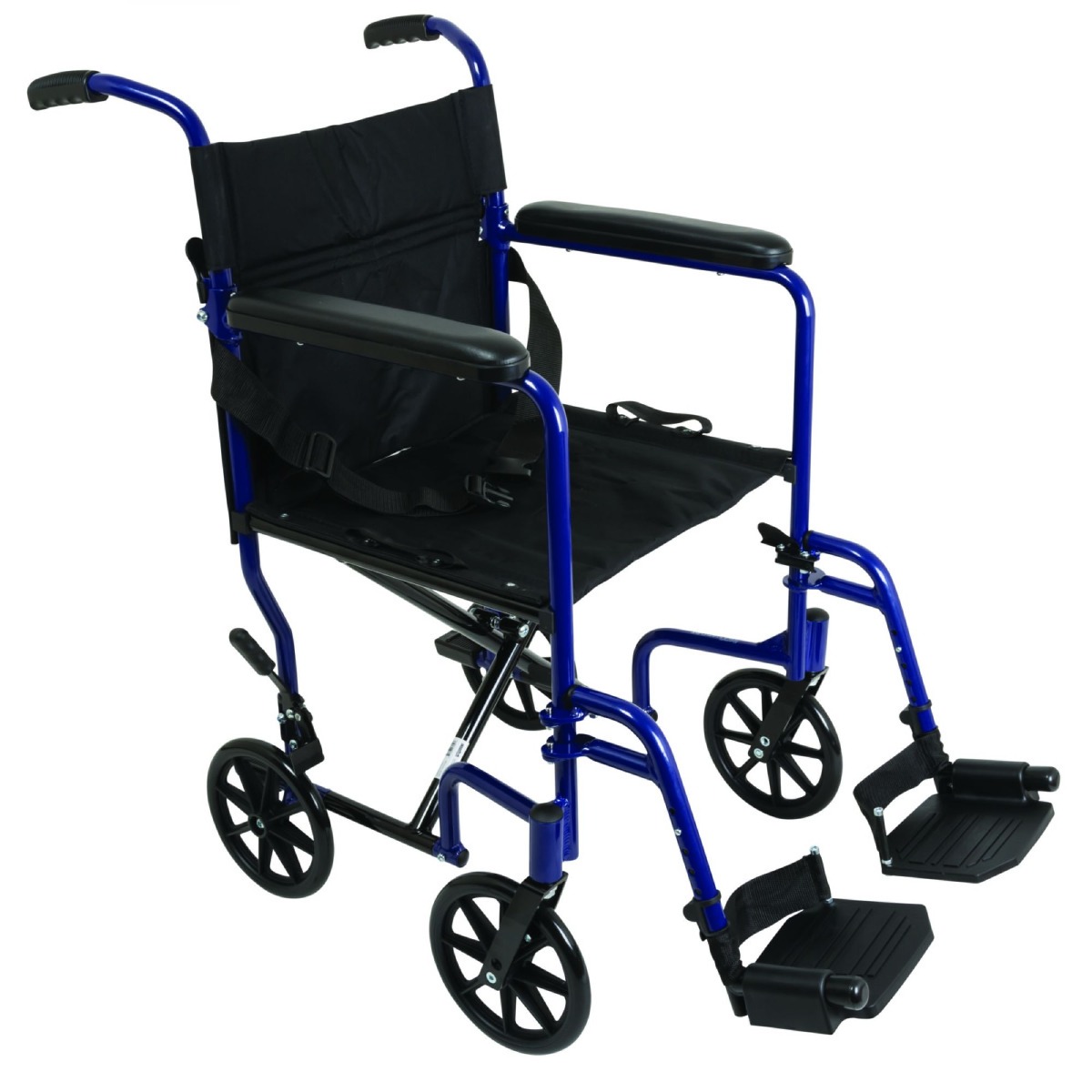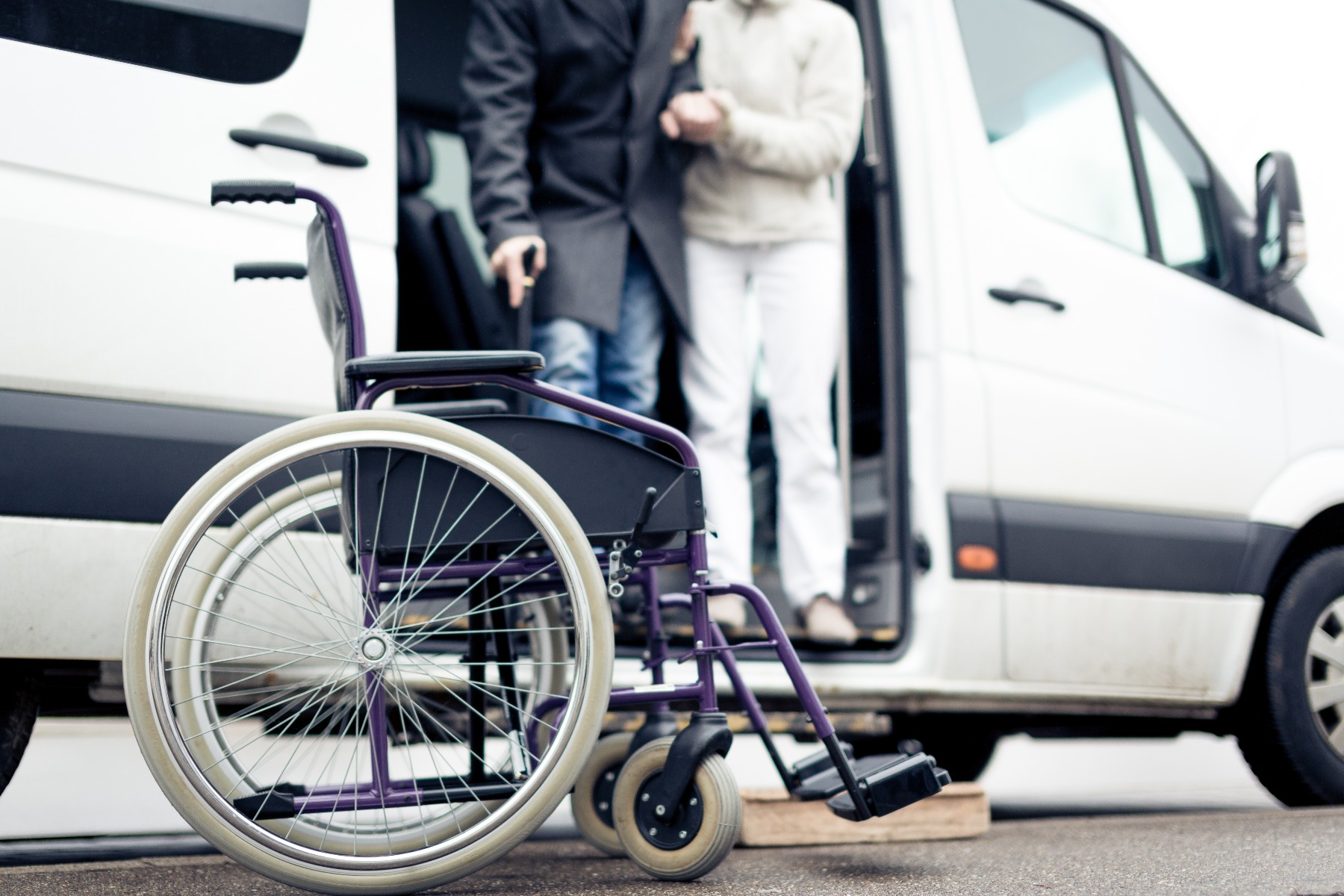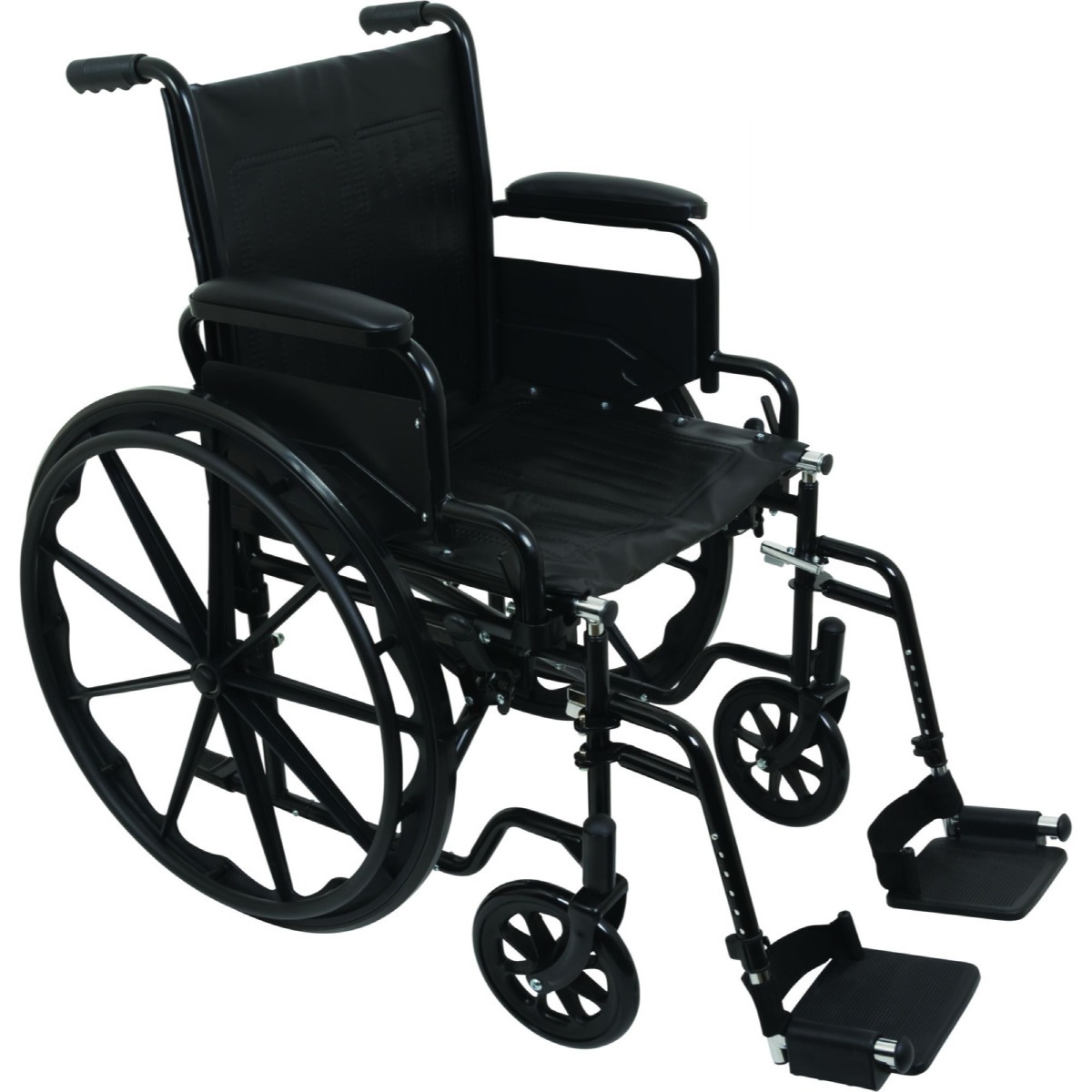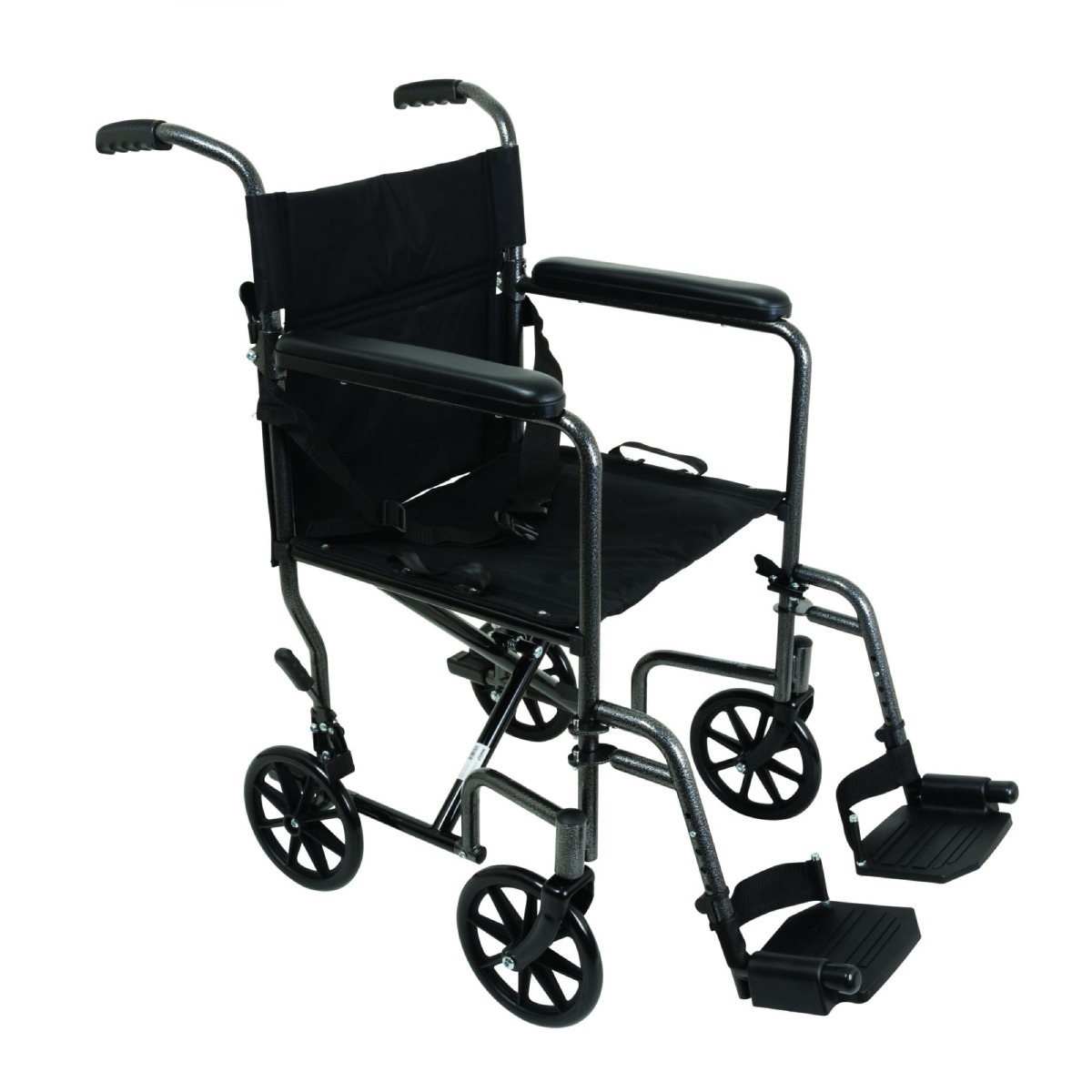Caring for a loved one who relies on a wheelchair for mobility can be a challenge. You probably worry about their safety and security. Consider the following tips to keep your loved ones safe as they use their wheelchair.
Keep the Handles Free 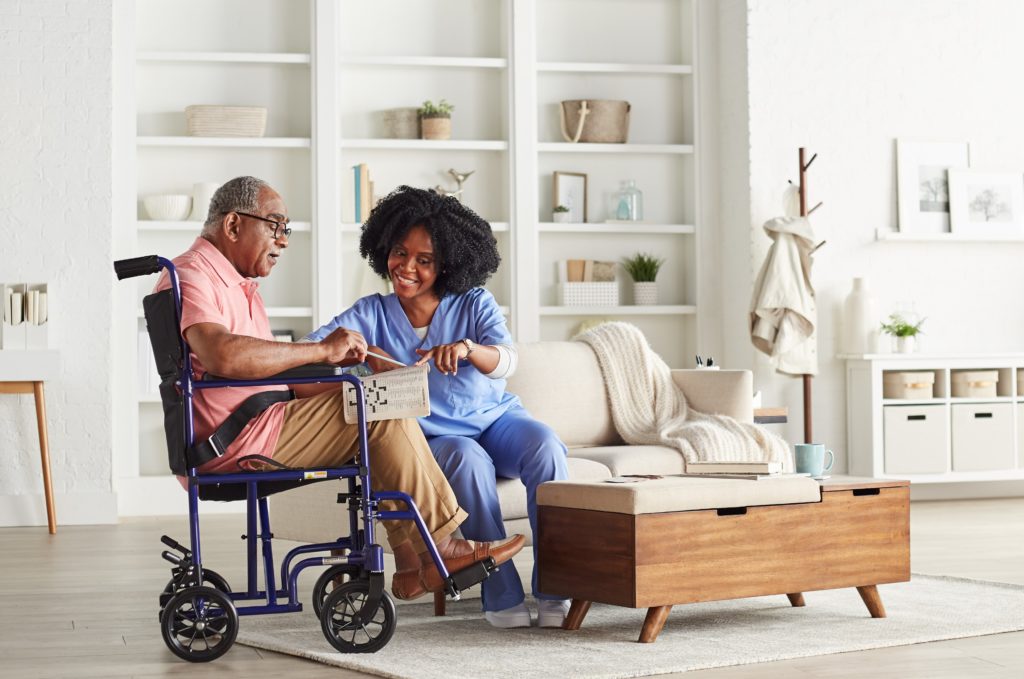
As convenient as they may seem, the handles on the back of a wheelchair are not a safe spot to hang things like purses, blankets, or backpacks. Keep the wheelchair handles free from any clutter to maintain balance. Also, if items fall off the handles, they may also get caught in one of the wheels, causing an accident.
Use Seat Cushions
For maximum comfort, use a seat cushion for back support. Also, donut-shaped seat cushions help relieve pain and are ergonomically designed to minimize pressure point stress.
Check the Wheelchair Locks
Use a wheelchair with easy push-to-lock wheel brakes for added security.
When transferring senior folks in and out of the wheelchair, always double-check to ensure the wheelchair locks are secure and working correctly. The brakes help you maintain proper balance when moving your loved one in and out of the wheelchair.
Use Transfer Aids
Transferring people in wheelchairs can be tricky. To avoid accidents and falls, use gait belts to aid patient handling and mobility. A gait belt goes on the person being moved to provide the caregiver with a secure place to grab onto when helping. Along with keeping the patient safe, gait belts help to protect the caregiver’s back during transfer.
Consider buying a gait belt with a buckle to secure it. This makes movement easier to control, e

